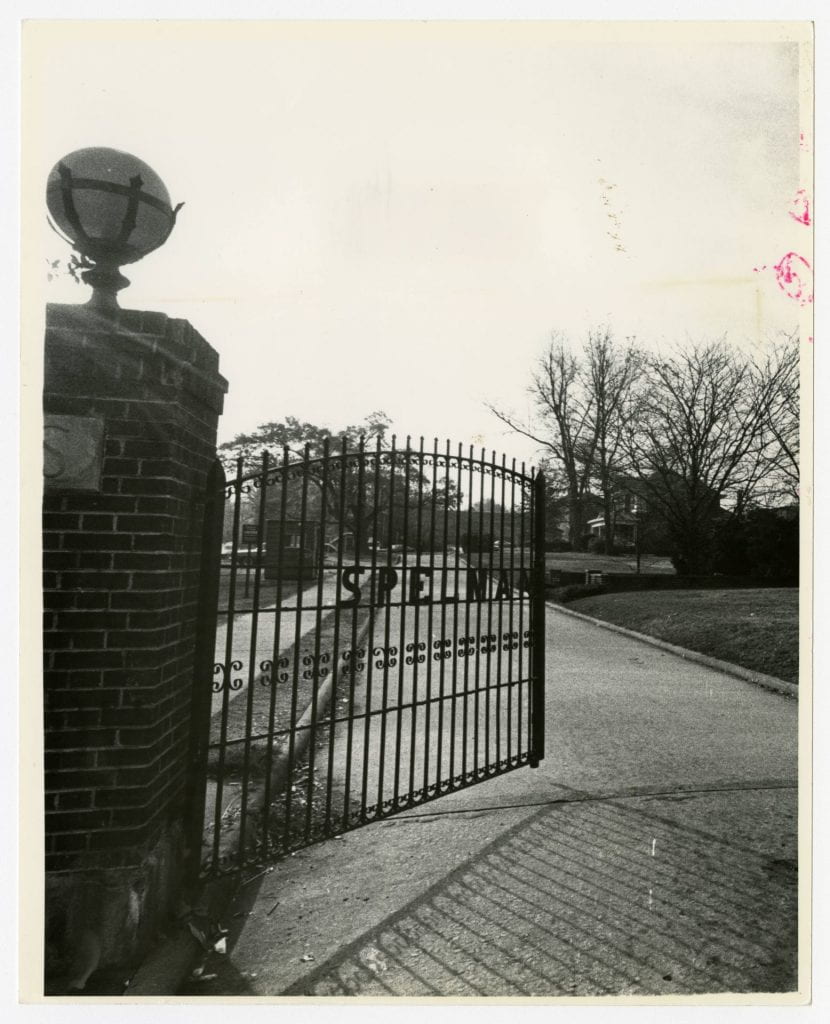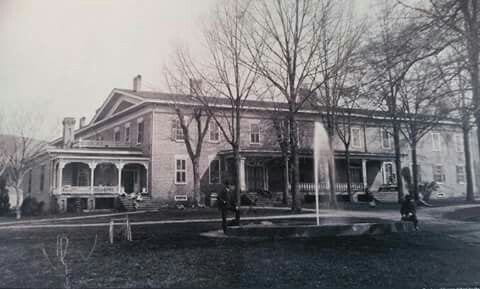In 2001, during my first attempt at college, I was contacted by a friend from high school who was transferring to Georgia State. He and two other friends were looking at houses near campus and wanted to know if I would like to be the fourth roommate. I asked him to send me the address so that I could go check the house out myself and see if it would make sense. The address he sent me was familiar, and at the time I was unable to figure out exactly why that particular combination of numbers and letters was so memorable. A quick google maps search later and I immediately knew the exact house they were looking at.
Continue readingthe histories of our streets
Georgia State University students map Atlanta's past
Tag: Education
Spelman College is currently regarded as one of the most highly esteemed and respected colleges dedicated to the higher education of African American women. The school has a long history that has led to this achievement.

Spelman’s beginnings may surprise some due to its distinguishment as an HBCU. Originally named Atlanta Baptist Female Seminary, Spelman College was founded in 1881 by Sophia Packard and Harriet Giles. Both were white women who hailed from Massachusetts and came to Atlanta with the hope of establishing a school for young black women. Backed by financial support from the Woman’s American Baptist Home Mission Society (WABHMS) and others, Giles and Packard opened a school in the basement of Friendship Baptist Church, an African American church in southwest Atlanta.
Continue readingAtlanta Area School for the Deaf and the History Behind Deaf Education in Atlanta
Deaf and hard of hearing children were never allowed the same level of access to education that hearing children received. Up until the early 1900s, Deaf education was overlooked in Atlanta. Deaf and hard of hearing children weren’t allowed to attend public schools and were forced to be homeschooled. Without the proper tools they needed to succeed, such as a form of communication and effective teaching methods, hearing impaired children were given the label of “Deaf and Dumb”.


Myke Johns, “Georgia History:100 Years of Georgia State University.” Atlanta’s NPR Station, Nov. 22, 2013.
UPDATE: KELL HALL WAS DEMOLISHED IN 2019-2020
If you attended Georgia State University, Kell Hall is forever ingrained in your memory. It was the old building where classrooms were frustratingly hidden away in bizarre half-level floors. There was an odd rampway that you climbed arduously to reach science labs on 4th, 5th, and 6th floors. You remember the gray and beige exterior that seems aesthetically questionable. What If I told you that these features were purposely designed by well-renowned engineers? What if Kell Hall was meant to be a beautiful and technological marvel? What if Kell Hall had a secret past in a different life? In search of these answers, let’s journey into the mysteries of the secret past of Kell Hall.
Antebellum and Civil War Businesses and Workers Demolished Buildings Downtown Education Food and Dining Grant Park GSU's Campus Highways Historic Buildings Immigrants Memorials NE ATL NW ATL Old Fourth Ward OTP People Politics Public Housing SE ATL Sports and Entertainment Summerhill SW ATL Sweet Auburn
Subscribe by Email
Completely spam free, opt out any time.
Please, insert a valid email.
Thank you, your email will be added to the mailing list once you click on the link in the confirmation email.
Spam protection has stopped this request. Please contact site owner for help.
This form is protected by reCAPTCHA and the Google Privacy Policy and Terms of Service apply.

Header image: George F. Cram, Atlanta (1883)
© 2024 the histories of our streets
Theme by Anders Noren — Up ↑